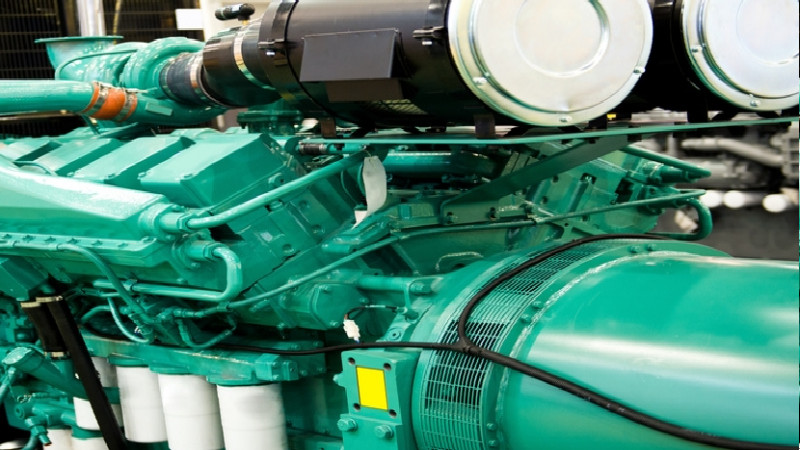CNC or computer numerical control machining is not a new technology and has actually been in place for decades. The use of this technology allows CAD/CAM diagrams to be entered into the control software for equipment, providing precise, high tolerance types of parts and components for a prototype or for millions of copies.
The drawback to CNC machining services, at least in terms of production rates, has been the need for manual loading of the workpiece in the machining center. The speed of production was limited by the time it took for the operator to remove the current part and insert a new workpiece.
Today, thanks to the use of robotics, this gap or delay can be eliminated. The use of robot loading CNC technology means there is no need for operator involvement with each piece, creating higher production levels in shorter amounts of time.
Higher Precision Possible
With the use of robot loading CNC technology, the robotic arm positions the workpiece precisely the same with every operation. This is done seamlessly, ensuring that the cutting tool touches down on the surface in the same location on every piece. This, in turn, allows for a greater level of precision simply not possible with manual insertion of the workpiece into the machining center.
No Waste
Another cost-saving consideration for both the machining company as well as the OEM is the dramatic reduction in waste by the use of robotics tending. With the precise positioning of the workpiece on the spindle, there is far less waste due to components that do not meet quality standards.
Production Capacity
Using robot loading CNC increases overall production capacity and decreases downtime due to the “human factor.” The robotics systems can work around the clock, allowing for higher production capacity without any corresponding need for increased operators.
These factors reduce the cost of production for the machining company, allowing the manufacturer to pass these savings on to the OEM.

